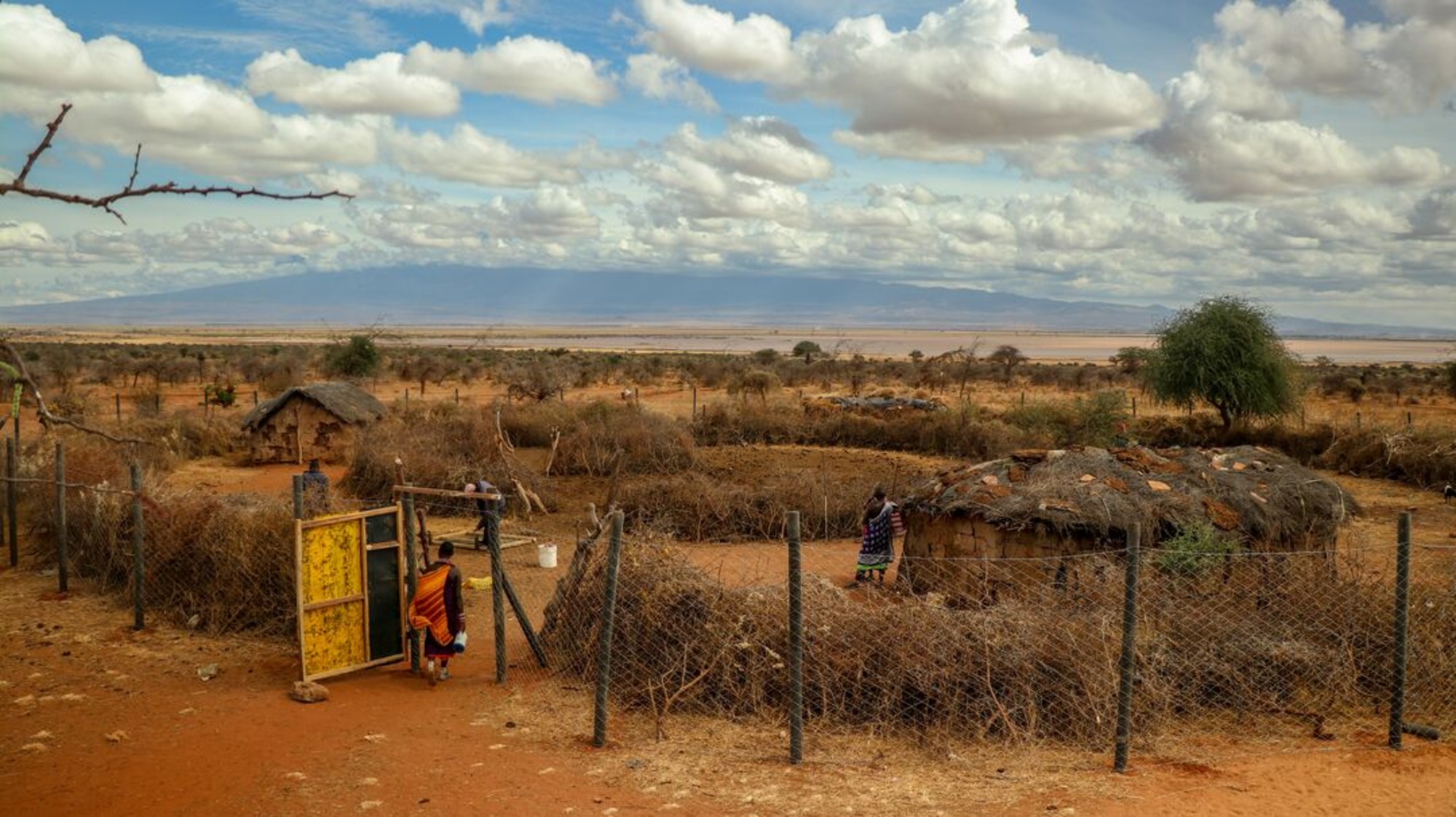Conflict vs coexistence
10 March 2023
CONFLICT VS COEXISTENCE
Our Head of Conservation, Dr Nikki Tagg, considers the impact of human-wildlife conflict on peoples and animals.
As any animal lover would agree, human–wildlife interactions can be positive. However, when that interaction represents a threat to your life, economic security, material or opportunity costs, the outcome is negative, and it’s termed human–wildlife conflict.

Born Free’s Head of Conservation, Nikki Tagg.
This also threatens wildlife populations across the world predominantly via pre-emptive or retaliatory killing. Therefore, human–wildlife conflict, as described in the IUCN’s World Parks Congress 2014, is said to occur “when the needs and behaviour of wildlife impact negatively on the goals of humans or when the goals of humans negatively impact the needs of wildlife.”
In today’s human-dominated world, safe spaces for wildlife are becoming scarcer and many populations of wide-ranging animals are forced to inhabit the same spaces and share resources with people.
This means that occurrences of conflict are soaring and causing huge problems for wildlife and people. Human–wildlife conflict is a very important issue for conservationists to understand and address.
Born Free aims instead for human–wildlife coexistence. We strive to help people live in ways that limit the occurrence of conflict and we empower them to cope when it does. There are very few situations where wildlife does not infringe at all on the safety and property of people and some level of acceptance and tolerance is always necessary. Even in cases where conflict is reduced, people may simply tolerate or ‘co-occur’ with wildlife. An absence of conflict does not necessarily mean that coexistence is achieved. To truly coexist with wildlife, people must have positive attitudes and act pro-actively towards wildlife. This requires addressing people’s perceptions about the wildlife they’re in conflict with.
Many solutions to conflict are simple and low-cost. In our long-running lion conservation programme in the Amboseli Ecosystem, Kenya, we have been fortifying livestock corrals since 2010 and have now built more than 380 ‘Predator-Proof Bomas’. These bomas are securely fenced enclosures for livestock to be housed in at night, with a ring of strong poles surrounding a thorn boma and strengthened by a two metre high steel wire mesh. These bomas are a simple, cost-effective approach to reinforcing traditional enclosures to protect cattle and goats and stop retaliatory attacks on lions.
When livestock are kept safe from depredation by lions, pastoralists can sleep well at night, comfortable in the knowledge that their livelihood is safe. Each Predator Proof Boma costs only £1,500 to build and protects an average of 283 heads of cattle, sheep and goats.
In the Meru Conservation Area, Kenya, many agriculturalists living close to the national park experience crop raiding from hungry elephants. These losses can have a huge impact on the nutrition and income of the family. “This year, we have used 120 beehives to construct our first ever ‘beehive fences’ around 10 farms close to the border of the park,” explains Saving Meru’s Giants Manager, Newton Simiyu. Elephants are naturally deterred by bees and the farmer’s crops are spared. One beehive fence surrounding a farm of about one hectare costs just £955.
Delivered alongside a suite of community awareness and engagement activities, we expect negative encounters with lions and elephants in Amboseli and Meru to reduce. Newton says, “Angry or desperate farmers will not need to retaliate against the offending wildlife but can instead embrace they nature they live amongst and really achieve positive coexistence.”
You can support Born Free’s work to mitigate Human-Wildlife Conflict and protect both animals and people, by supporting our End Wildlife Conflict appeal.
Image (c) BFF, F Fortuna

